How does money laundering really work?
In most fields, making more money wouldn’t be considered a problem. You talk with your accountant, perhaps pay a bit more in taxes, and move on. But if you’re a criminal, having too much money presents a problem. Eventually you get to a point where you can’t hide all that extra income, and that can raise suspicion.
That’s where money laundering comes in. Money laundering is the generic term used for a wide range of activities aimed at making illegitimate income look legitimate. The ultimate goal is to hide the source of the income so no one gets too suspicious about your extravagant lifestyle.
It’s a huge problem globally. The United Nations Office on Drugs and Crime estimates between $800 billion and $2 trillion gets money laundered annually around the world.
But how exactly does money laundering work? Work + Money spoke with experts to get a sense of what it is, how it’s done, and how people get caught, because money laundering not only hides money gained through crime – it is a crime in and of itself. So let’s break things down and explain in simple terms how money laundering really works.
What Exactly Is Money Laundering?
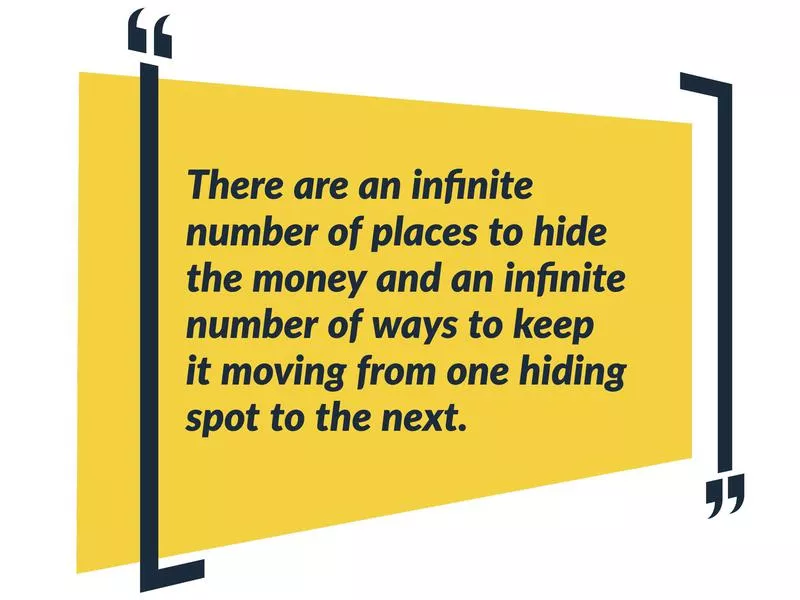
Think of money laundering as kind of like that classic shell game, where you try to guess which shell a ball is under. The person moving the shells moves them faster and faster in all different directions, making it harder and harder for you to know where the ball went.
With money laundering, the ball is replaced by the money, and instead of three shells, there are an infinite number of places to hide the money and an infinite number of ways to keep it moving from one hiding spot to the next.
A money launderer uses a series of convoluted financial schemes and transactions to hide the fact that he was the originator of the money. At the end of the chain of transactions, the money ends right back where it started – with the launderer – but now with the appearance of having been earned legally.
Three Stages Of Money Laundering
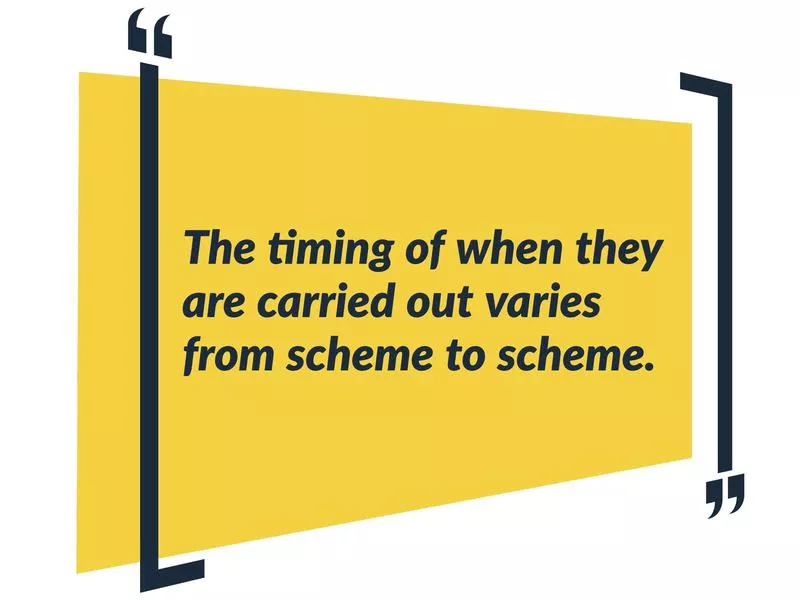
There are three basic stages in the typical money laundering scheme: placement, layering, and integration. Each stage is distinct, and the timing of when they are carried out varies from scheme to scheme.
In a basic scheme, for example, all three stages may occur simultaneously. In a more complex scheme, the timing of the stages can take significantly longer.
Stage One: Placement
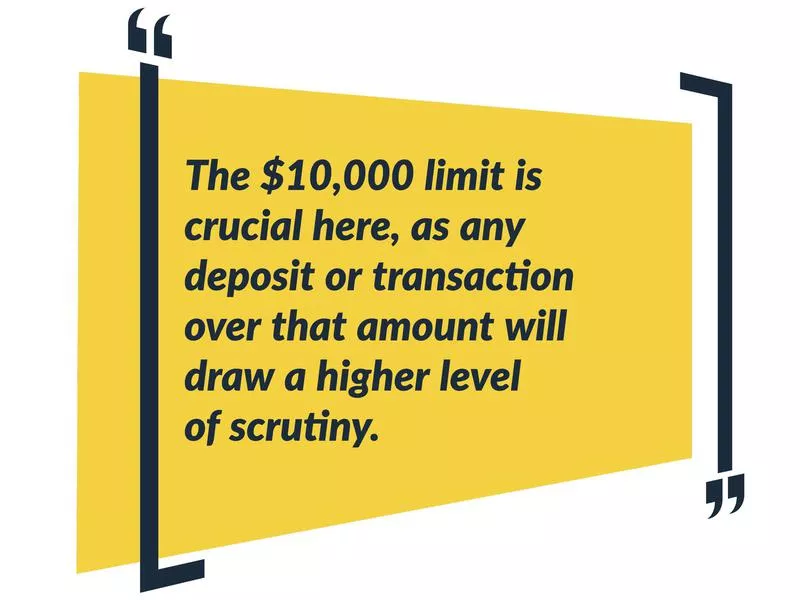
Placement is the act of putting the dirty money into a financial institution. It may be done by writing checks from a shell company or through a series of small deposits over time through a strategy called “smurfing.”
The $10,000 limit is crucial here, as any deposit or transaction over that amount will draw a higher level of scrutiny. Money launderers are well aware of the $10,000 limit and work around it.
Stage Two: Layering

Think of the layering as the “keep-it-moving” stage. The idea is to keep the money moving through a series of transactions which can create legitimate assets while also complicating the paper trail.
For example, at a pizzeria that is actually a shell company, cash turns into a payment for flour, oil, tomatoes, and cheese to another shell company posing as a food supplier, which turns into a paycheck for the owner of the food supplier, which is used to purchase stock through a legitimate brokerage account.
The more layers worked into the money laundering scheme, the better. Money launderers get an advantage when they work in countries where purchasers aren’t required to identify themselves in the purchasing process, making it even harder for law enforcement to link seemingly unrelated transactions.
Stage Three: Integration
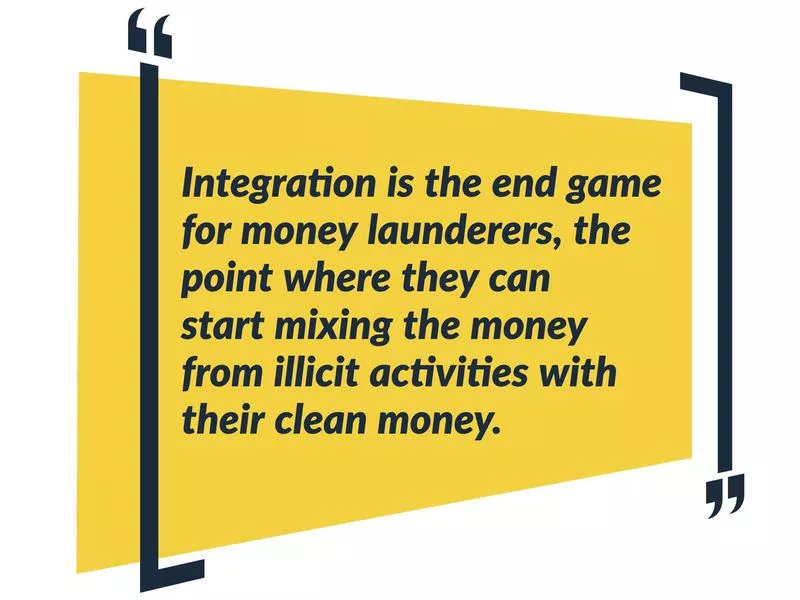
Integration is the end game for money launderers, the point where they can start mixing the money from illicit activities with their clean money. The most common method for integration is creating legitimate enterprises that will purchase assets with the laundered money. Cars, planes, real estate, and other high-priced goods allow for the creation of assets with the laundered money.
Laundering Money Through Shell Companies
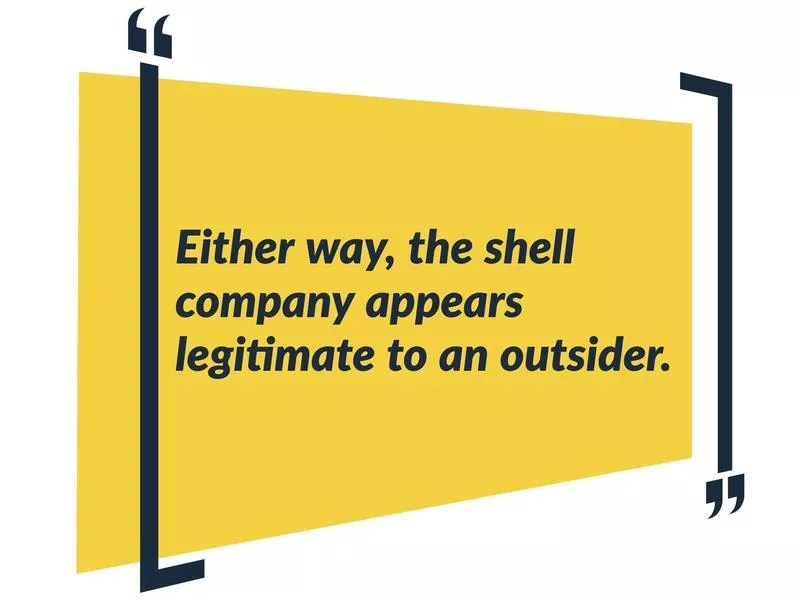
Shell companies are set up to appear like legitimate companies. Some don’t do actual business and have no assets; others blend actual business with the money laundering, often a cash-heavy business like a restaurant or a bar. In “Breaking Bad,” it was a car wash and the fast-food restaurant Los Pollos Hermanos. Either way, the shell company gives the appearance of being legitimate to an outsider.
From there, the money to be laundered can be passed through the company as if it were the business’s receipts. For example, the shell company set up as a pizzeria could take cash from drug dealing to make it look like it was money earned by selling pizzas.
Common money laundering fronts in the 1970s, 1980s, and 1990s were check-cashing stores. People would write checks to the business and the dirty money would be handed out as cash payments.
Laundering Money With Accounting Tricks
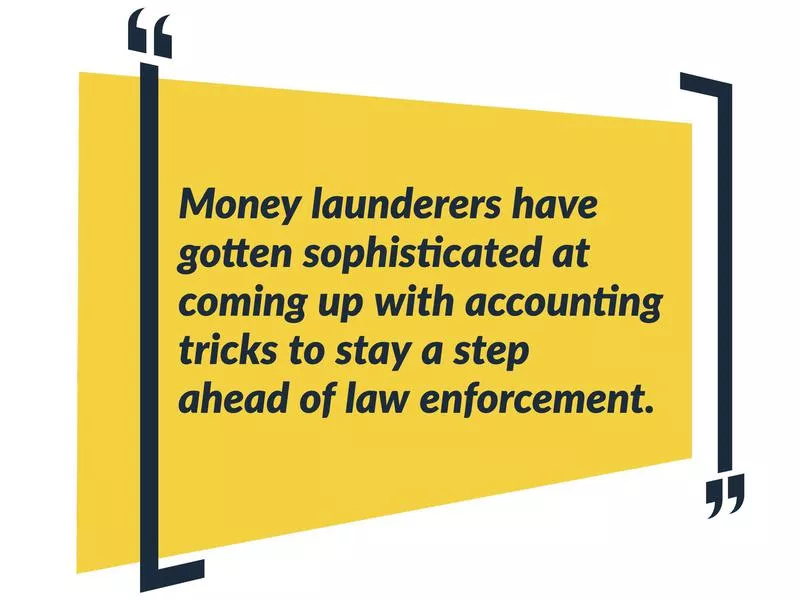
While money launderers have gotten sophisticated at coming up with accounting tricks to stay a step ahead of law enforcement, the basic principles remain the same.
The money launderer is simply creating a phony set of financial records that give the appearance that all the money is coming from legitimate sources.
Laundering Money Via Offshore Accounts
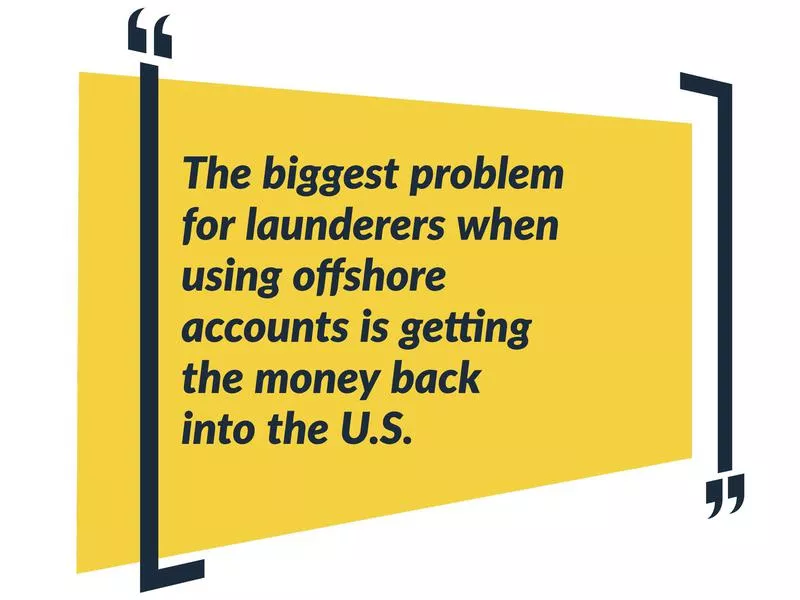
Banks in other countries are not required to report interest paid to depositors to U.S. authorities. They also don’t tip off the IRS when launderers make transactions over $10,000. That makes them the ideal choice for money launderers to shield their ill-begotten gains from authorities. The biggest problem for launderers when using offshore accounts is getting the money back into the U.S.
The Smurfing Technique
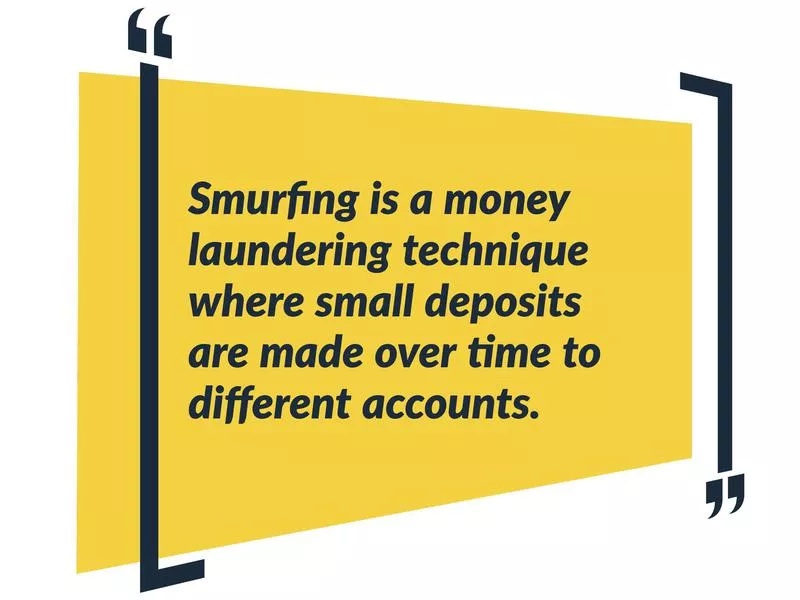
Also known as structuring, smurfing is a money laundering technique where small deposits are made over time to different accounts. Because the deposits are small – typically under $10,000 and made in varying amounts at different intervals – they do not raise suspicion.
Individual money launderers have been known to open dozens of accounts using various aliases. In each case, deposits are kept under $10,000 – the point at which the bank is required to report the transaction to the U.S. Internal Revenue Service.
Reverse Clearance Sales
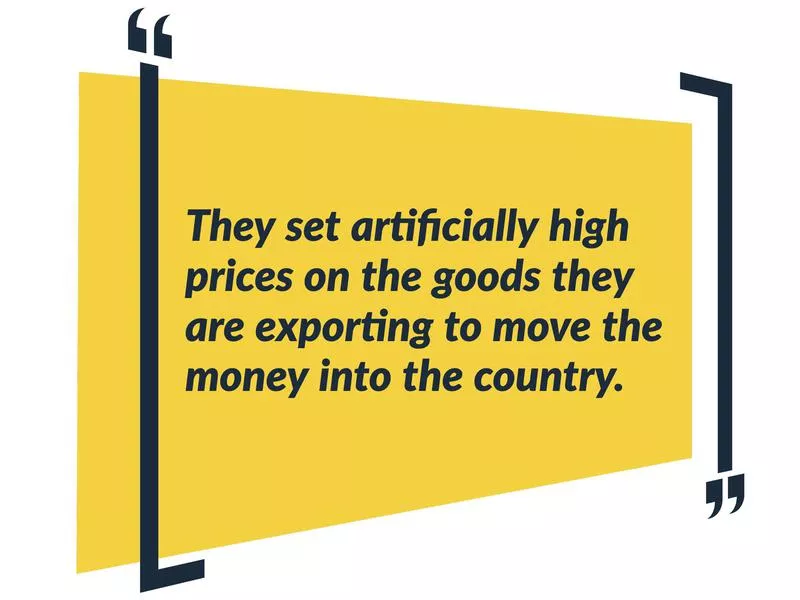
One of the problems money launderers have when they use offshore accounts is getting the money back into the United States. Customs laws require declaration of large amounts of money coming into the country, whether its stuffed into a carry-on bag for an overseas flight or wired from an offshore bank to a U.S. bank.
For that reason, some money launderers have set up legitimate import-export businesses to work through the integration stage. Working with foreign accomplices, they set artificially high prices on the goods they are exporting to move the money into the country – sort of like a reverse clearance sale. Because the transactions fall under the purview of commerce and not currency import, they are less likely to attract attention.
Operation Polar Cap
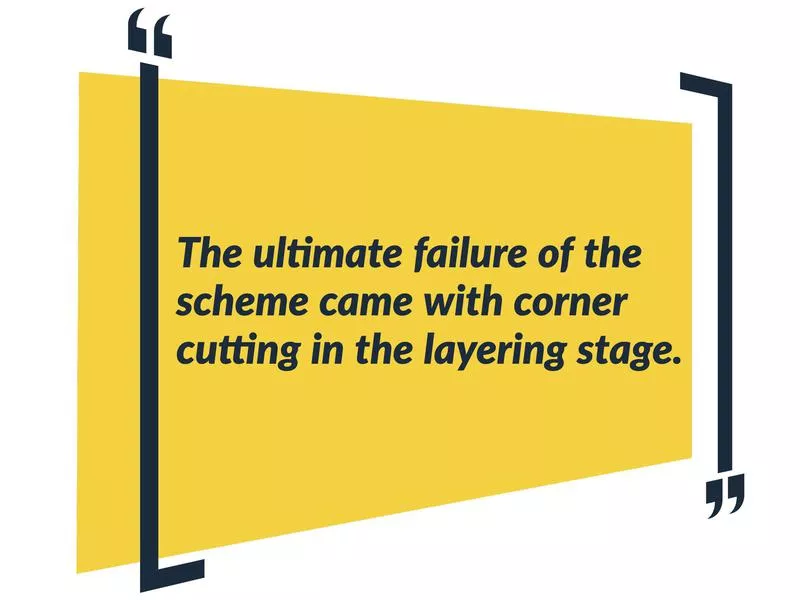
One of the biggest money laundering investigations ever undertaken by the U.S. Justice Department was Operation Polar Cap, which netted $1.2 billion and resulted in the arrests of 127 people in the 1980s and early 1990s.
The operation targeted funds being laundered by the Medellin drug cartel, which called its scheme “La Mina,” or “the Gold Mine.” The cartel’s money launderers set up a bogus scrap gold business in New York, and filed fake gold certificates to cover shipments flown nightly from New York City jewelers to bullion dealers in Los Angeles.
But no gold was being shipped. Instead, the cartel was sending boxes of cash. The Justice Department was tipped off to the scheme when a Los Angeles bank reported that an account set up by a jeweler reached $25 million in less than three months. Another bank reported an account set up by a grocer was showing similar growth over a short period of time.
The ultimate failure of the scheme came with corner cutting in the layering stage: while the launderers did a good job of moving money around the world, the amount of gold certificates issued too closely matched the amounts and dates of deposits being made by the jeweler, grocer, and other business owners recruited as fronts to help layer the money.
The Banking Secrecy Act
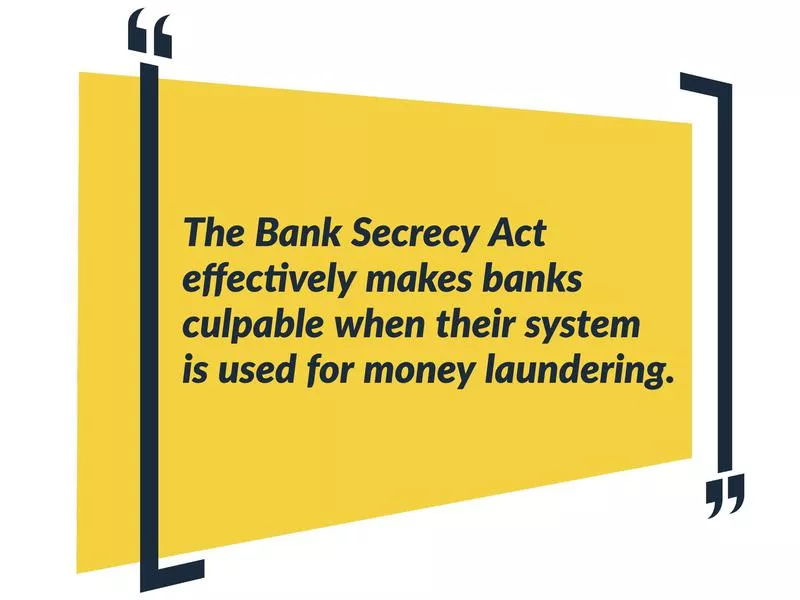
Passed in 1970, the Banking Secrecy Act was designed as a way to combat money laundering. The act requires banks to put controls in place to help identify suspected money laundering and report it to law enforcement. The $10,000 limit, for example, is one of the requirements mandated by the act.
The Bank Secrecy Act effectively makes banks culpable when their system is used for money laundering. Between 2004 and 2007, more than $400 billion was funneled through Wachovia Bank by Mexican and Colombia drug cartels. Wachovia had to settle out of court for $160 million for Banking Secrecy Act violations – a penalty which ultimately led to the bank being acquired at a reduced price by Wells Fargo.